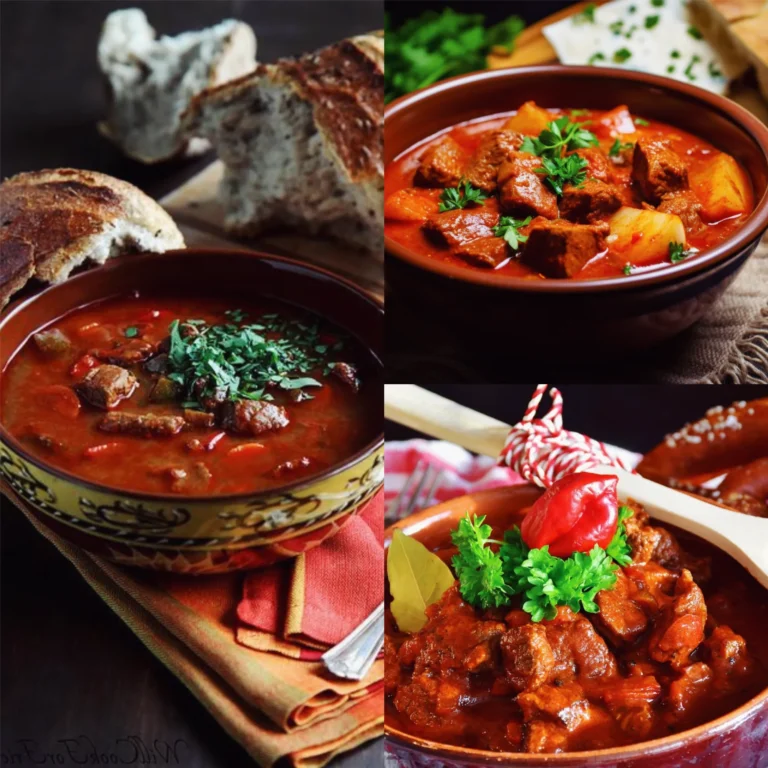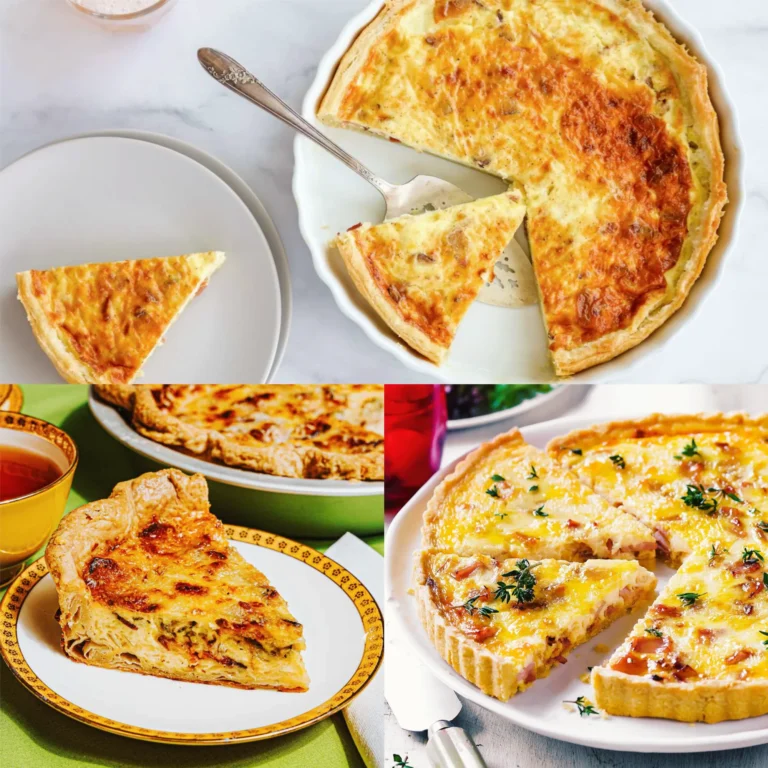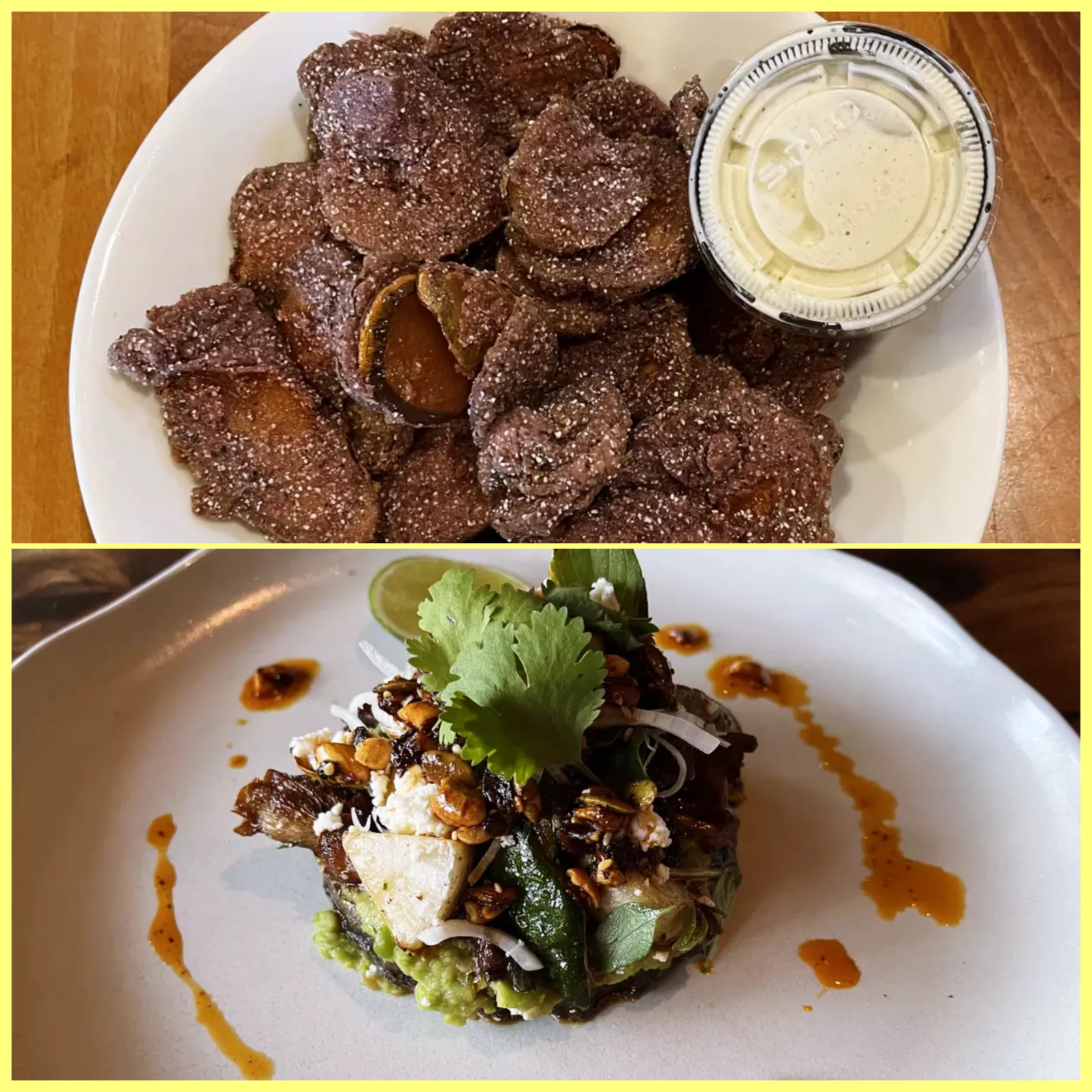
“Discover how Native American chefs in New Mexico are blending tradition with innovation, creating a vibrant new cuisine that honors the past while embracing the future”
In the heart of New Mexico, a new culinary movement is taking shape, blending the rich heritage of Native American cuisine with modern culinary techniques. This renaissance is more than just a revival of old recipes; it’s a reinvention that celebrates the sacred ingredients and cooking traditions of Indigenous peoples, from the Zuni Pueblo to the Navajo Nation.
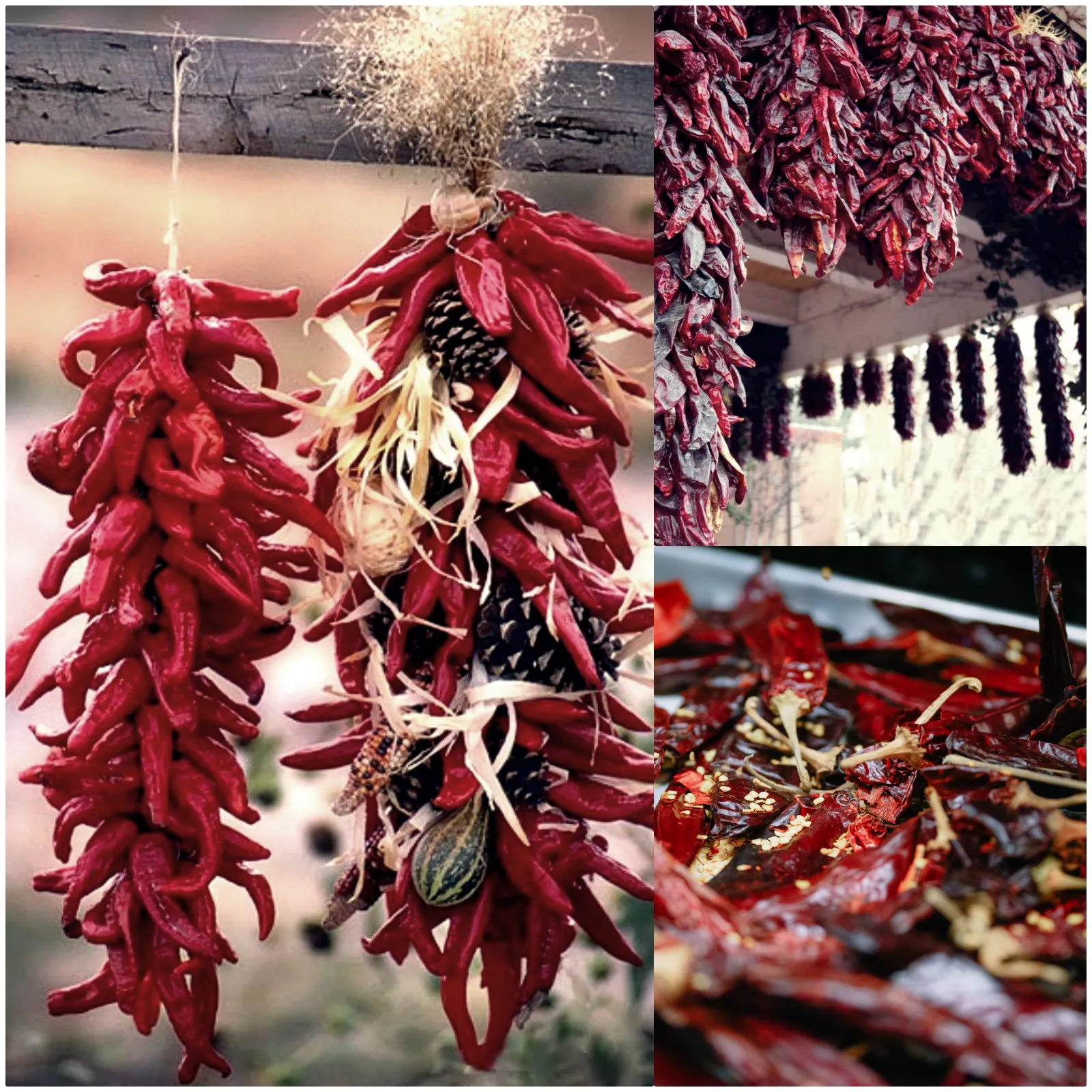
Celia Tsabetsaye, an 81-year-old Zuni Pueblo elder, embodies this connection to tradition. In her kitchen, she meticulously prepares cornballs using her mother-in-law’s special blue cornmeal. “Corn is very sacred to the Zunis,” she says with reverence. “If you drop a kernel, you better ask for forgiveness. It’s like dropping your child.” These cornballs, once a staple, are now reserved for ceremonial purposes as diets have shifted over the years. However, Tsabetsaye is passionate about keeping these traditions alive. “It’s important to maintain our traditions because this is natural food with no additives. I grew up eating it, and it’s given me longevity,” she says, highlighting the cultural and health benefits of these ancestral foods.
At the core of this emerging cuisine are the “three sisters”—corn, beans, and squash—ancient staples that have nourished Indigenous communities for centuries. Combined with New Mexico’s iconic red and green chile peppers, these ingredients are the foundation of a vibrant new culinary tradition. The Pueblo people’s method of roasting chiles, a technique that infuses dishes with a unique smoky flavor, is now a hallmark of this new cuisine.
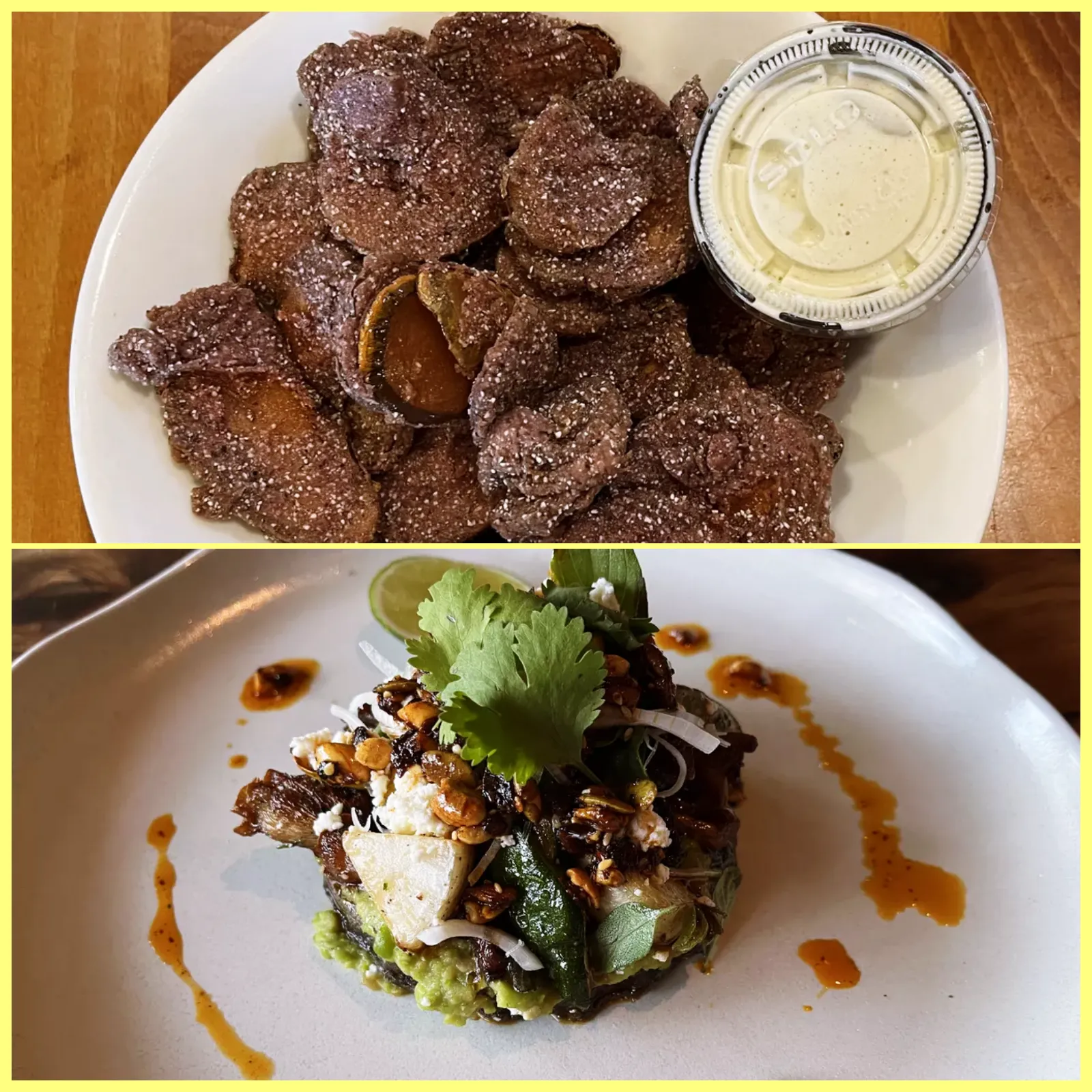
Native chefs across New Mexico are leading this culinary revival. For example, Tina Archuleta, a Jemez Pueblo citizen, has made waves with her vegan Native American restaurant, Itality Plant Based Foods in Albuquerque. “We were a plant-based people,” she says, as she serves up blue corn amaranth waffles and Pueblo oven bread avocado toast. Her dishes, like the Hey-Miss Enchilada featuring squash, kale, and pumpkin “cheese” sauce, are a testament to the deep cultural connections her recipes embody.
Similarly, Raymond Naranjo’s food truck, Manko, offers a fusion of traditional and modern flavors with dishes like the Frybread Green Chile Cheeseburger. Naranjo’s goal is to bridge the gap between traditional Native American foods and contemporary tastes. “I saw a disconnect with our community and only fast-food choices in the Pueblo,” he explains. His innovative approach includes using vegetable oil instead of traditional lard in frybread, making these dishes more accessible to modern diners.
Even non-Native chefs are embracing this new Native American cuisine, incorporating Indigenous ingredients into their menus. At Albuquerque’s Campo restaurant, chef Christopher Bethoney integrates dried heirloom corn into dishes like lamb birria with blue corn hominy and wood-fired mushroom huarache on a base of blue corn masa, creating an earthy, tangy, and crunchy flavor experience.

This culinary movement is not just about food—it’s about reclaiming and revitalizing cultural identity. Shyla Sheppard, from the Three Affiliated Tribes, and her wife, Missy Begay of the Navajo Nation, have founded Bow and Arrow Brewing Co., which they proudly describe as America’s only female-owned Native American brewery. “Our blue corn Pilsner and wild-foraged ingredients like prickly pear and juniper represent our connection to the land and our heritage,” says Sheppard.
The Indian Pueblo Kitchen in Albuquerque also plays a pivotal role in this culinary resurgence, serving up dishes like the iconic Indian taco on frybread, topped with traditional and modern ingredients. Chef Josh Aragon from Laguna Pueblo adds his own twist with blue corn-crusted onion rings and blue corn-fried pickles, marinated in black cherry Kool-Aid—a favorite in Pueblo communities.
As Native and non-Native chefs alike embrace and reinterpret these ancient ingredients and techniques, New Mexico’s new Native American cuisine is gaining recognition and respect. It’s a testament to the resilience and creativity of Indigenous peoples, who are reclaiming their foodways and sharing them with the world. Through this culinary renaissance, they are not only preserving their heritage but also ensuring that these traditions continue to thrive in the modern world.
